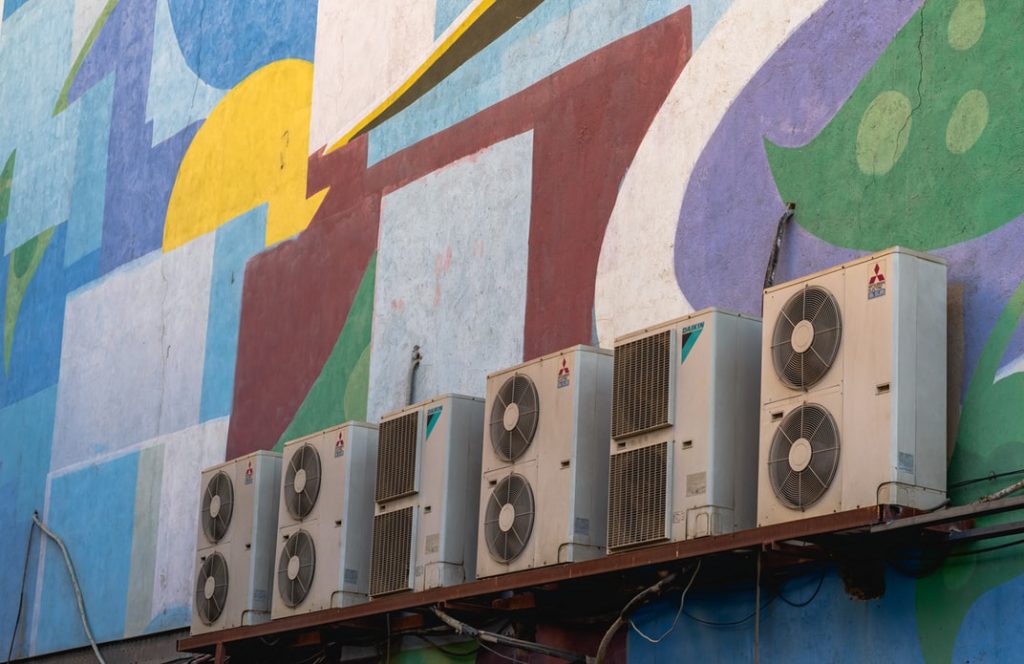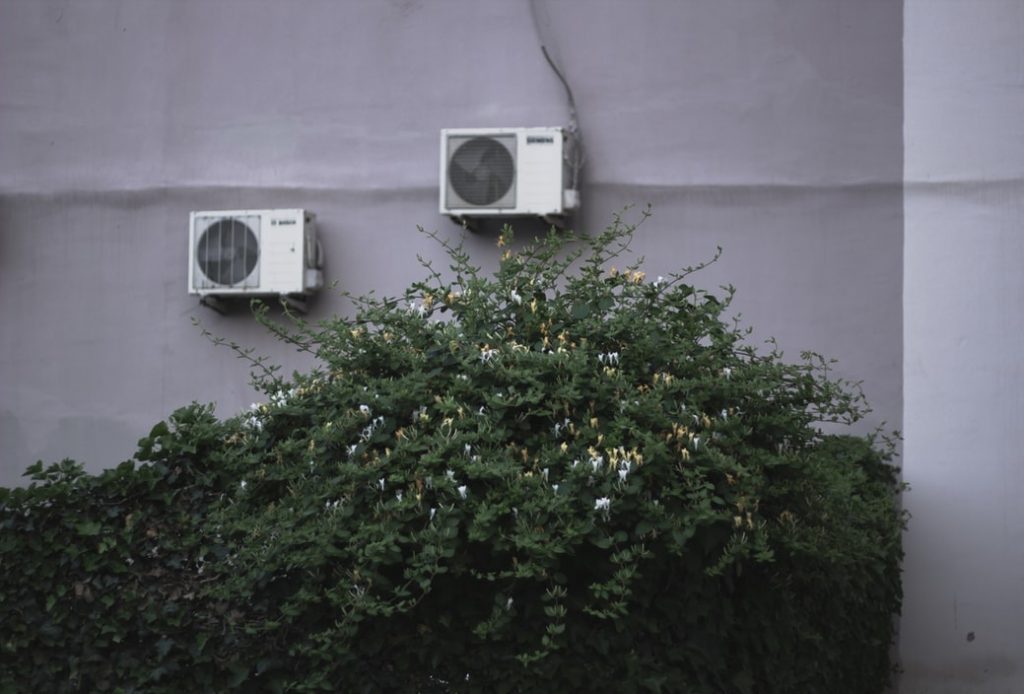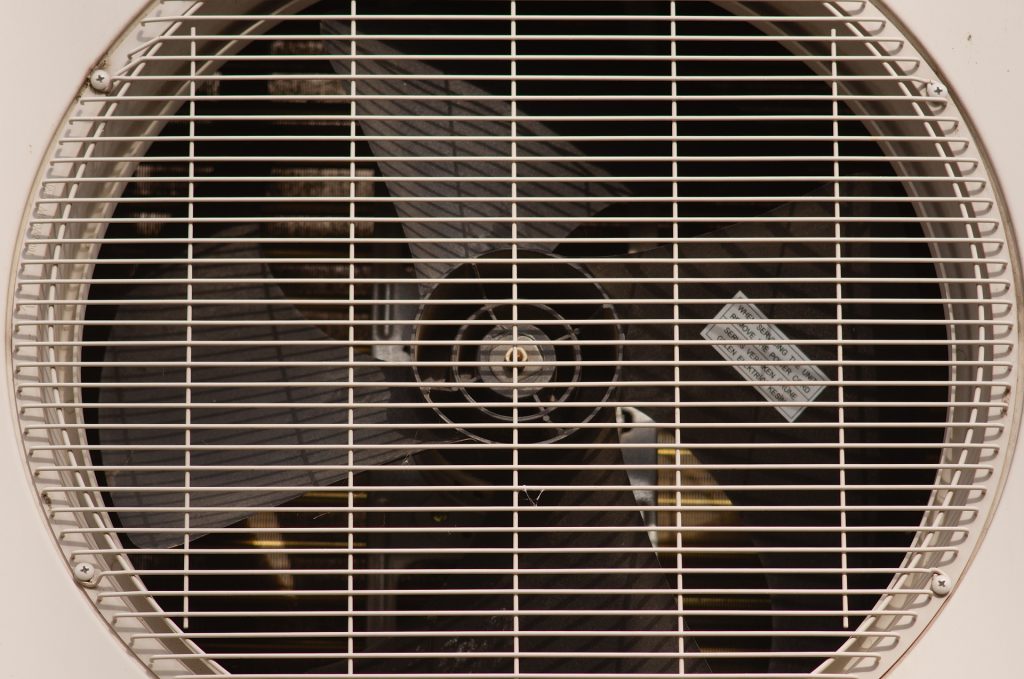Your HVAC system is undoubtedly one of the most essential things in your house. Thanks to what technology has to offer, we can choose the most optimal system based on our climate. Not that one furnace and airconditioning system doesn’t work in a certain climate, but what we’re talking about in this article is what is most ideal for a warmer climate.
You may be thinking that all AC systems will be good for a warmer climate. But it’s not so simple as there are a few factors to consider that will make your cooling and heating more efficient. So what is the best furnace/AC system for Arizona? Here in this article, we’re going to unpack some of these factors, showing you which furnace and air conditioner system is best for you if you live in a warmer climate like Arizona.
Best Furnace/AC System for Arizona
When it comes to Arizona, you need to get an HVAC system that suits the climate. Before we show you the best one for Arizona, we’ll go through the options and various popular types. This will help you know what’s available and ultimately help you see why we choose one to be the best one for Arizona.
Ideal Factors for Arizona
- It is important to note that Arizona’s winters don’t get cold like Northern states. It doesn’t need to produce warm air for severely cold weather. It has colder weather in the winter but it’s still quite mild. For the summer, it needs a good system that will quickly cool down the house.
- Preferably, the system should come together. It’s not worth it for homeowners to invest in two separate systems when the heating won’t be used so much.
- Also, taking into account the air quality in Arizona, there are factors to consider such as what furnace systems could be worse and better for the environment.
Window and Room Heating/AC Units
Window and room heating and AC units are a small and less expensive solution to your needs. They can heat and cool larger rooms well, but they do have a few downfalls.
Window and room systems are not too convenient. They are clunky and take up space. If they’re a window unit, you have to forsake your window use or cut into the wall. Also, they tend to be louder, and don’t really work as well as central heating and cooling. Ultimately, they heat and cool slowly, and won’t reach all parts of your house. You’d need quite a few units to install in each room and that still may not be enough.
Central Heating and Cooling
Central heating and cooling are combined that they work through one and the same system. They use the same ducts to distribute air throughout the home and are controlled by the same thermostat.
In central systems, the furnace is what is used for heating. You can choose among the furnace options that will suit your specific needs: gas, oil, electric, or propane.
For cooling, it matches with the heating system. There is an outdoor component, which is your AC unit and an indoor component called an evaporator coil, which absorbs the heat from your house and lets it out of the house.
Central heating and cooling systems are one of the most popular choices for North Americans. It quickly heats and cools your home as it can travel to every room. Also, it’s a less noisy method for heating and cooling.
Heat Pumps
As heat pumps are becoming more known, people are opting for this system. Given that heat pumps are efficient and ductless, the idea has grown on people and is now a competitor for AC and furnaces.
Despite its name, heat pumps also act as air conditioners for your home, but heat pumps are different from air conditioners. The way it works is through moving warm air. It doesn’t generate warm or cool air. In the summer, it moves the heat from the indoors to the warm outdoors. In the winter, it moves heat from the cold outdoors into the house to warm it up.
Given the way that heat pumps work, it delivers heat from the heat energy from the outdoors. Heat pumps can work in both cold and warmer climates. They work better in warmer climates, though, since warmer climates have milder winters and can take warmer air from the outdoors easier.
Heat pumps are incredibly efficient and cheaper. It doesn’t run on fuel, so you can count on spending less money and helping the environment.
Boilers
Boilers are similar to furnaces in that they produce heat. However, what differentiates the two is how the heat is produced. Whereas furnaces produce warm air, boilers produce hot water.
Also called hydronic heating systems, boilers are systems whose job is to heat water. The hot water is pumped to either a radiator or baseboard radiator. Instead of ducts, hot water travels through the home in small pipes.
While boilers don’t come with air conditioning, it’s possible to install a separate air conditioner. Even though your home doesn’t come with ducts, you can install a ductless mini-split cooling system. These are energy-efficient, but the main downfall of having this mini-split system in addition to a boiler is that you have to get two systems installed.
What is the Best Furnace/AC System for Arizona?
Based on Arizona’s climate and conditions, heat pumps are a winner. Why? Arizona is a warmer climate that will have a stronger focus on AC and certain environmental factors point to heat pumps as a fitting option. Let’s look at this in more detail.
The Way Heat Pumps Produce Warm or Cool Air
As mentioned above, heat pumps gather from the outdoor air. Since Arizona has very warm summers and mild winters, you don’t need a high-powered system for producing warm air. Heat pumps aren’t designed to counter severely cold climates, since it gathers heat from the outdoors. If winters in Arizona are mild, then it can get the right level of heat for your home.
Energy-Efficient
Heat pumps move air from one place to another rather than generate heat. This saves energy for you and you will even see the results on your bill. In Arizona, you can afford to get heating and cooling through an energy-saving model, because you don’t have to brace for severely cold weather.
Cheaper
Furnaces and boilers will work very hard to bring you warm air. But it won’t take as much to heat up a house in Arizona compared to a Northern state. For this reason, it’s worth forgoing the higher costs of running a furnace in your home for the winter months as your winters are quite mild.
Air Pollution
Heat pumps are good for the environment since they are powered through electricity. This means that they don’t burn fuel in order to produce heat. This is especially good for Arizona, which has an air quality problem.
Best Furnace Filters for Arizona
Furnace filters are designed to give you clean and better quality air in your home. In a state already struggling with poor air quality, getting a good furnace filter, as you would for your AC, is one your furnace needs.
A good MERV rating
A MERV (Minimum Efficiency Reporting Value) rating shows how good a furnace filter is at capturing particles, such as contaminants. The rating is on a scale from 1-20 and the higher the number is, the smaller the particles it can capture.
In Arizona, you have to be careful about indoor air pollution, dust, and pollen. The best furnace filter for Arizona ideally has a MERV rating of 7-13. Found this useful? Also, check out our article about common HVAC air flow issues
[related_posts_by_tax posts_per_page="3" format="thumbnails" image_size="medium"]









